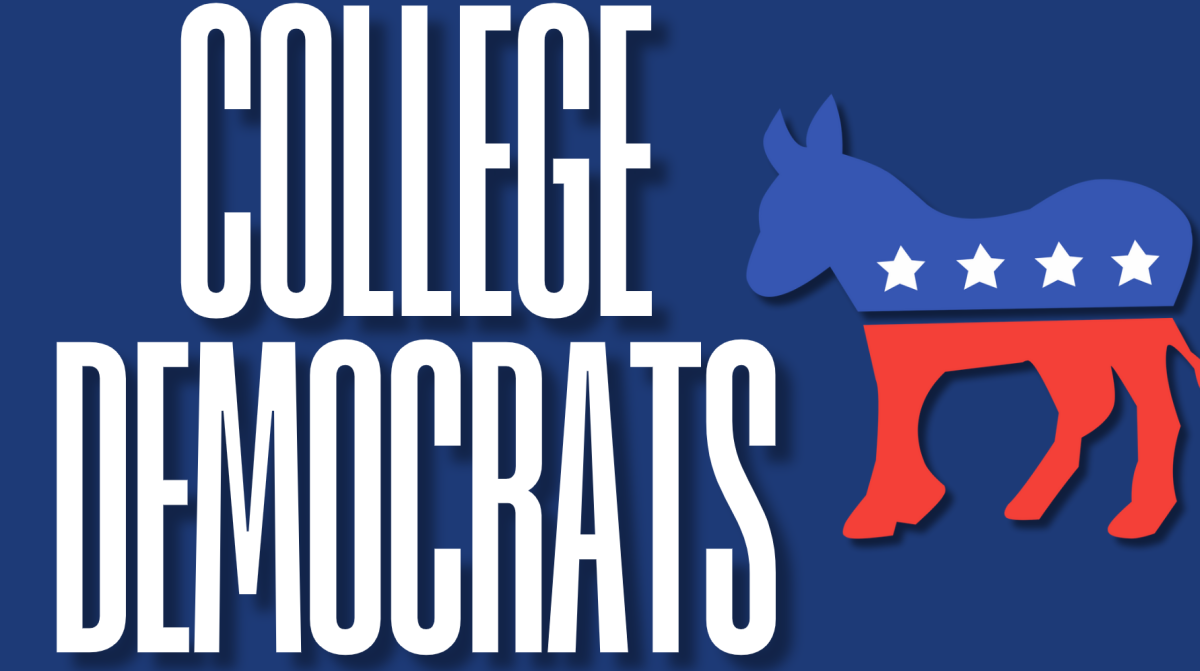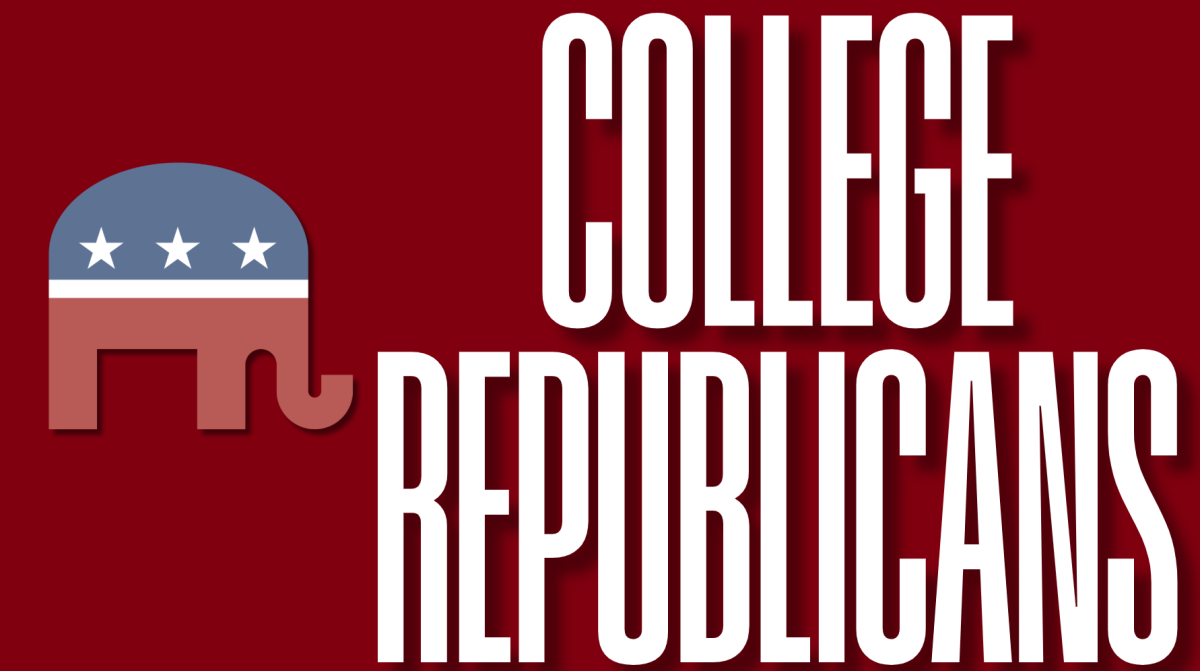American colleges and universities are some of the most expensive in the world. The average cost of college tuition in the United States, without room and board, is $9,410 at public colleges and $32,405 at private colleges, while a majority of European universities charge less than $2,225 a year. Some European nations, like Germany, Iceland, Finland and Norway, do not charge tuition at all at their colleges and universities. In the past few years, multiple pieces of legislation that would secure free college or at least address the ballooning costs of college tuition in the United States have been introduced, but it is unlikely that these efforts will be successful in the near future.
There are many reasons why college tuition in the United States is much more expensive than other similar countries. After the Great Recession in 2008, many states cut funding for public colleges and universities, which necessitated raises in tuition. More recently, inflation has surged in the United States, and the cost of college, along with the cost of everything else, rose accordingly. Additionally, the demand for college degrees is on the rise, with about 44% of all jobs requiring one as recently as 2021.
Most importantly, the United States spends more money per college student than any other nation in the world, save for the tiny, very wealthy Grand Duchy of Luxembourg. American colleges and universities spend $30,165 per student, which is nearly twice the wealthy-world average of $15,556 per student. The primary reason for this difference is not, in fact, the relative lack of government subsidies in the United States, but rather the high cost of running an American higher education institution.
One factor that is driving up university spending per student is administrative bloat. Between 1976 and 2018, the number of administrators employed by American colleges and universities rose by 164%, and the number of non-faculty professionals rose by 452%. On average, the top American universities have only one faculty member per 11 students, but those same institutions have one non-faculty employee per four students, meaning there are almost three times as many non-faculty employees as faculty employees at the best schools in the United States. The number of administrators at many American schools has exploded both due to greater demand for services and because administrators tend to solve problems with more administrators.
American college students expect certain things from their colleges and universities. Fordham University boasts the historic Rose Hill Gym, squash courts, an indoor track, an indoor pool, multiple outdoor athletic fields and the newly renovated Ram Fit student gym. We also have guaranteed student housing for four years, several on-campus dining options as well as beautiful campus grounds with many historic buildings. It is reasonable to expect Fordham to have these amenities when tuition (not including room and board) is $62,990 a year, but they are not truly necessary.
In a 2022 opinion piece in the New York Times, titled “Elite Universities Are Out of Touch. Blame the Campus,” Nick Burns argues that the university campus, “a uniquely American invention,” isolates students, faculty and administrators from the real world, preventing students especially from engaging with people whose lives do not revolve around higher education.
Fordham’s mission is to “foster the intellectual, moral and religious development of its students and prepare them for leadership in a global society,” but it is possible for students living in the dorms to go weeks without stepping off campus, as everything they might need is accessible within Fordham’s gates. Can an institution really claim to prepare students for leadership in a global society when those same students are physically separated from the community around them?
American universities are expensive for a number of reasons, including insufficient government funding, administrative bloat and pristine campuses with countless amenities. For students who are interested and able, going abroad to get a degree is a great way to save tens of thousands of dollars and experience living in a different part of the world. However, there are avenues to an affordable college education in the United States. Going to a public university in one’s own state, finding a school that offers large merit-based scholarships and/or financial aid to qualifying students or attending community college and transferring credits to a four-year university can allow students to earn a bachelor’s degree with little to no debt while staying closer to home which can have benefits.
Eleanor Smith, FCRH ’26, is an American studies and history major from St. Paul, Minn.














































































































































































































